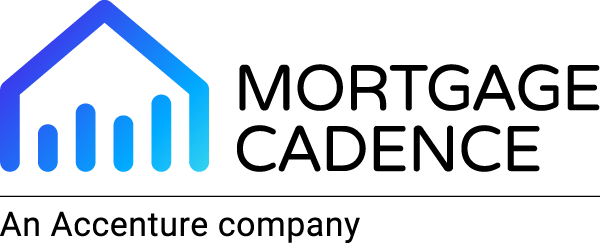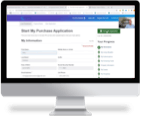Mortgage Cadence’s task-based loan origination system streamlines mortgage lending with no-code workflows and faster closings.
Platform
Mortgage Cadence Platform
The end-to-end Loan Origination System that delivers on the needs of your business.
Power BI
Interactive, immersive dashboards and reports for up-to-the-minute analytics.
Compliance
Implement regulatory requirements with confidence.
Quality
Leading with advanced technology and expertise to deliver quality and testing.
Solutions
Integrations
Company
Platform
Mortgage Cadence Platform
The end-to-end Loan Origination System that delivers on the needs of your business.
Power BI
Interactive, immersive dashboards and reports for up-to-the-minute analytics.
Compliance
Implement regulatory requirements with confidence.
Quality
Leading with advanced technology and expertise to deliver quality and testing.
Solutions
Integrations
Company



